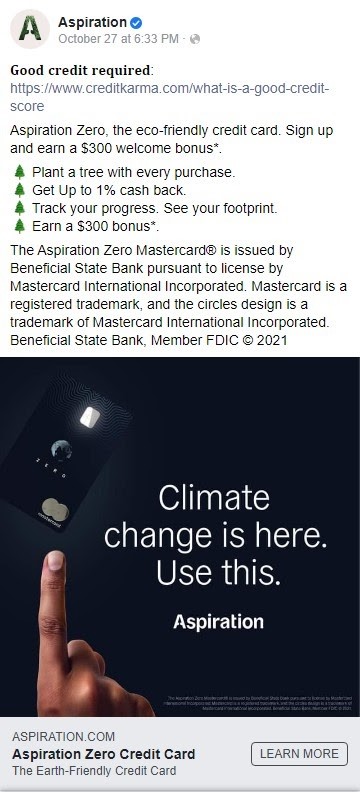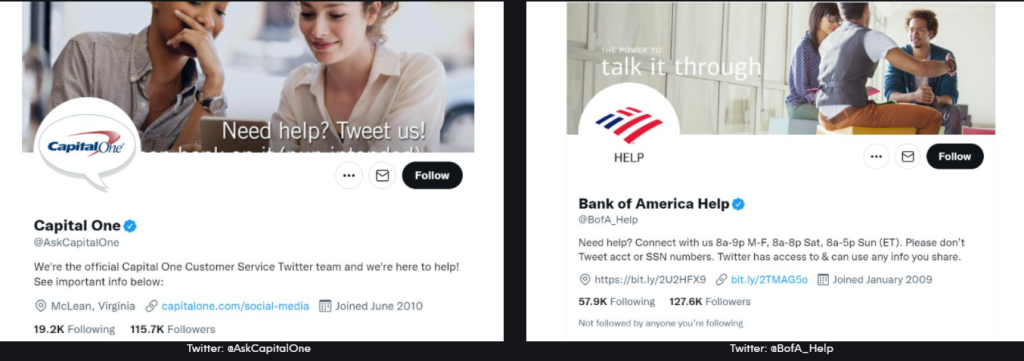Social Media Advertising Trends Shaping 2022
As media budgets steadily increase to pre-pandemic levels, social media presents an opportunity for brands to connect with consumers in more ways than ever before. It’s time for brands to give social media advertising the recognition it deserves.
Social media advertising spending is experiencing an average growth rate of 18% year-over-year. By 2022, Zenith Media projects that total social media ad revenue will account for the largest share of ad dollars, beating out TV and other digital channels.

An ode to creators
Influencer marketing continues to evolve with the rise of creators: not-so-famous people who use social media to create content for the entertainment or education of others. In this phase of the influencer revolution, creators are often not known by name, instead typically recognized by the content shared.
Less is more
In the era of the superapp, consumers will look to consolidate banking products as many become one-stop shops. However, brands need to remember that acquiring customers first begins by establishing brand awareness for the product most desired by the consumer.
Connect in new ways
A social media strategy must stretch further than being viewed as just another ad placement. New channels and product updates provide brands with endless opportunities to connect with consumers in unique and innovative ways.
What we saw in 2021
Major celebrity endorsements posed a risk as consumers became more vocal. In 2021, influencer marketing was expected to reach a market size of $13.8 billion. To put the vastness of this growth into perspective, the industry was worth only $1.7 billion just five years prior. Brands saw the value in influencer marketing, but paid too much attention to the size of the influencers’ network and not enough on the synergy between their products and the content produced to support it. Celebrity endorsements remained instrumental to the humanization of major brands. But in some cases, the partnerships backfired as consumers became more vocal expressing social issues and boycotting brands that did not share their values and beliefs.
For example, State Farm’s multi-million dollar contract with Aaron Rodgers hit a road bump after the NFL star contracted COVID-19. While the scandal was polarizing, yet not quite detrimental, it provoked a conversation on the value and risk associated with celebrity endorsements.

Brands threw out every product feature, hoping one would resonate. The financial services industry boomed in 2021, particularly for fintechs. New entrants mounted pressure on existing contenders, which resulted in a surge of innovation, new features, and enhanced products. While an innovation boom is typically a positive phenomenon, one major disadvantage is the residual clutter it creates. Regarding fintechs, residual clutter and feature-bloating are one in the same. When a consumer is actively selecting a new bank, they often have only a few criteria in mind. If the one major selling point a consumer desires is buried in a sea of features, brands may lose out on the possibility into moving along the purchase decision cycle as a result. Therefore, it is imperative for brands to know their audience and promote the features that matter the most.
Message, theme, and sometimes even products were lost due to the overuse of copy. For example, Aspiration posted the below image in 2021. The bold, clean look of the image was lost under the paragraphs of copy. Aspiration can swap the words “Use this.” with “This card can help.” to entice curious consumers to learn more about the product.

Brands used social channels to converse with concerned customers. Many financial institutions set up dedicated help centers via social media to chat with customers about issues they are experiencing. As expected, the vast majority of the interactions were negative, short-lived, and offered little help to anyone outside of the 1:1 interaction. The negative interactions are almost impossible to avoid. While many brands would feel inclined to avoid the strategy entirely, a better alternative is to mask the negative comments. Brands can intermittently post helpful guides about their products and respond to tweets that paint their brands in a positive light.
For example, Capital One and Bank of America opted to use dedicated Twitter handles to speak to customers. While the effort cleaned up some negative interactions from their main handles, both brands could benefit from posting, or re-posting, other helpful content.

What we expect to see in 2022
- Power to the creators: Influencer marketing has yet to hit its peak in popularity. Going into 2022, we expect to see the demand for influencer and creator marketing increase, right along with the demands of creators themselves. Brands should expect to spend more time working out a compelling content strategy and finding creators that embody the values of the brand and tone of the campaign. Brands should also expect to take a back seat to the content development process when working with creators to ensure authenticity and integrity.
- Add value to the consumer by creating simple ads that feel cohesive to the platform. Banner blindness is the direct result of advertising over-exposure. Ads with a heavy use of text and complicated messages are not only blatantly being ignored by consumers, they have a negative impact on the total social media experience. Consumers who interact on social media are motivated to do so mostly for the opportunity to connect with others, for entertainment, education, and for inspiration. Brands can take this information, and the advice from host platforms, and produce content that aligns with the total user experience.
For example, Chase used keyword targeting on Pinterest to find people saving up for a house, then showed them how to do it. The ad was almost indistinguishable next to similar, unprompted content on the search result page.

What we think
Brands can take advantage of the endless touch-points social media has to offer.
- Human-powered chat boxes: Response rate is arguably the most critical element to achieving customer satisfaction. Despite the increasing popularity of AI-powered chat bots, consumers expect a human on social media. Brands can offer support via Messenger and other social channels as a communication method for customer concerns.
- Livestream Q&A: Brands can take advantage of livestream functionality on social platforms like TikTok, Facebook, and Instagram to conduct Q&A sessions between representatives of the brand and its customers. Brands can further enhance the strategy by incorporating invitations and reminders to owned social content and email.
- Groups & communities: According to Mintel, 62% of consumers turn to social media for connection. Brands can champion this desire by creating and moderating communities of people who share a unified enthusiasm for their products. In addition to building superfans, brands can learn about product interaction in a casual setting.



